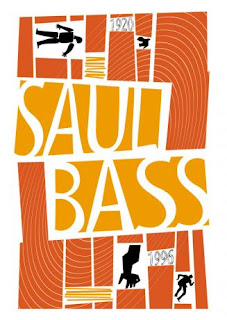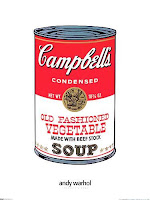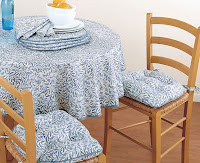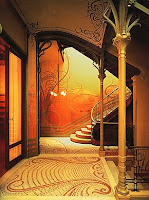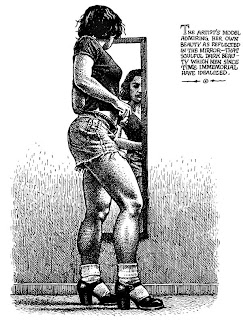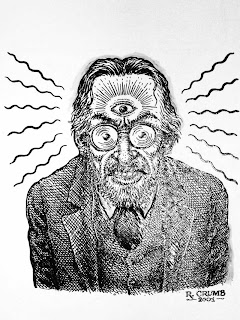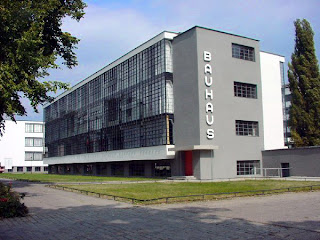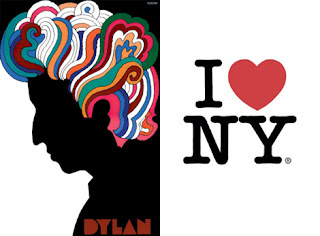PRESENTATION CLASS 1
I was in the first group of people to do their presentations and hand in their essay on a designer.
My Essay part of Assessment 1.
Saul Bass – Late Modern Movement
Late Modern Movement [1945-1970]
-
The Late Modern Movement started after the Modernism period; unlike Modernism, Late Modern Art was created to challenge how people view political and biblical ideas, instead of being told what to believe and do, people started to rebel and voice out their opinions, whether it’s through words or art. Breaking through the mould and contradicting what people thought was art, and creating work that challenged previous art movements. During this era, there was a lot of commercial pressure to create eye-catching designs to engage audiences to the purpose of the design piece.
Late Modern was an era on Minimal Art that was influenced by the Cold War (1947-1991). From here a lot of international influences were used such as Japanese art styles; multiculturalism. Saul Bass was an icon during the Late Modern Movement, his posters and his film credit sequences flowed with a natural influence.
Saul Bass [1920-1996]
-
On the 8th of May 1920, a man by the name of Saul Bass was born. Bass was an American Graphic Designer famous for typography work, and filmmaking; not to mention he revolutionised the way people see title and credit sequences. One of many famous artists who made the era different; Bass studied at “The Art Students League”(Manhattan) and Brooklyn College, and for a couple of years became an art director. He was well known for the way he made the opening of film credits more interesting to the audience, through typography and design.
*In 1950, Saul Bass & Associates was opened.”
Saul Bass was one of the only people to realise how title sequences for opening and closing credits of films could affect an audiences idea of the film before it even starts, just like a poster. During this era, theatre films were becoming more popular to the mass of people.
At the first showing of one of his title sequence pieces, he made sure the curtains were up before the opening credits played catching audience members off-guard. It was so well received, that he began working on more. His title sequence not only symbolised the idea of the film’s genre, but also summarised what the audience were to expect from the film.
Saul Bass was greatly influenced by the artist Paul Rand’s idea about how there should be an equal balance between the use of asymmetrical shapes and spacing. However unlike Rand’s work, Bass kept his work very simple and evenly spaced his design work; instead of having a lot of contrasting through colour, shape and texture, Bass kept his designs minimal, centred and simple.
“My initial thoughts about what a title can do was to set mood and the prime underlying core of the film’s story, to express the story in some metaphorical way. I saw the title as a way of conditioning the audience, so that when the film actually began, viewers would already have an emotional resonance with it.
DESIGN IS THINKING MADE VISUAL.”
Saul Bass
A lot of Bass’s work was influenced by the fine arts that were continuously used throughout the style eras in art.
Saul Bass even designed the poster for Steven Spielberg’s famous film, Schindler’s List.
Saul Bass was most famously known for his work on Otto Preminger’s 1955 film “The Man with the Golden Arm” becoming the “King of Title Design”. His idea was just like Picasso ‘s hand-made style of work and Henri Matisse’s use of abstract composition through simple shape and spacing. Bass’s idea of Preminger’s 1955 film was to make it simple, bold, modern, and CREATIVE.
The Man with the Golden Arm [1955]
Directed by Otto Preminger
-
For the film “The Man with the Golden Arm”, both Preminger and bass agreed on wanting the title sequence to be a summary of what happens in the film itself.
The movie is based on the story about how the main character a jazz musician and heroin addict named Frankie Machine (Frank Sinatra) who overcomes his addiction while in jail.
On the films poster, every little detail was thought of constructively everything was placed on the poster for a reason. The technique of placing type and imagery is used to express the themes throughout the film; giving the audience an idea of what the film is about.
The title, connected to the black rigged cut out of an arm, is used to show the struggle Frankie Machine goes through to conquer his addiction. The rigged hand is to map the struggles through coming out clean. The arm is bent in a compromising position to symbolise the idea of grabbing on for hope, reaching for support and there always being hope. The arm was placed in the central point of the poster, for the main attention and idea that arm is strength.
The title and image of the arm in the centre is surrounded by black, purple and blue abstract rectangles to show imprisonment, being trapped. As the movie progresses on, you know that the struggles become easier for Frankie to conquer because of courage and experiences, throughout the film. The breaks between the rectangular shapes let the viewers know that there is a way for the character Frankie to overcome his heroin addiction, and all the other struggles through his life.
http://www.youtube.com/watch?v=sS76whmt5Yc
Influential
-
Saul Bass has influenced a lot of people through generations, his work was of “Kinetic Typography”, Where words are animated to tell a story in a creative way through expressive text in motion. An example would be:-
[KUNTZEL & DEYGAS] * -Influenced by Saul Bass
[HEATH KILLEN] -Australian Designer
“Saul Bass died in 1996, leaving behind a legacy of outstanding and enduring design achievements.”
- http://www.titledesignproject.com/saul-bass/ (reference)

